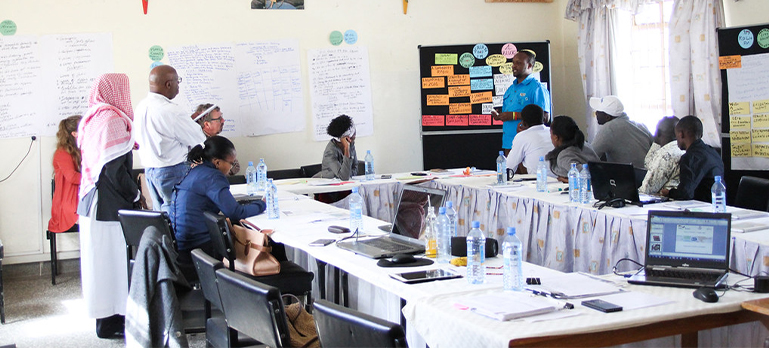
Capacity Building For Community Media
In today’s rapidly evolving media landscape, community media networks play a pivotal role in democratizing information, amplifying local voices, and fostering civic engagement. These networks, often run by dedicated volunteers and small teams, provide a platform for communities to tell their stories, discuss issues that matter to them, and create a sense of belonging. However, to continue serving their communities effectively, community media networks must invest in capacity building.
Understanding Capacity Building
Capacity building is the process of developing the knowledge, skills, resources, and organizational structures necessary to improve the effectiveness and sustainability of an organization. In the context of community media networks, it involves strengthening the capacity of these organizations to produce quality content, engage their communities, and adapt to changing media landscapes.
The Importance of Capacity Building

Quality Content Creation: A well-trained team is better equipped to produce high-quality content. This not only increases the network’s credibility but also ensures that community voices are heard clearly and professionally.
Community Engagement: Capacity building empowers community media networks to engage with their audience more effectively. This can involve training on social media management, community outreach, and audience feedback mechanisms.
3. Adaptation to Technology: As technology evolves, so does the way we consume media. Capacity building helps community media networks stay up-to-date with the latest tools and platforms, ensuring they remain relevant in a fast-paced digital world.
4. Sustainability: Financial stability is crucial for the long-term survival of community media networks. Capacity building can include fundraising and financial management training to help these organizations secure funding and plan for the future.
Key Components of Capacity Building
Training and Skill Development: Providing training on journalism ethics, content creation, video and audio production, and digital storytelling can help improve the quality of content produced by community media networks.
Technological Advancements: With the digital age continually evolving, training in digital media tools and software is essential for staying competitive.
Community Outreach: Building connections within the community and understanding its needs are crucial. Training on effective community engagement strategies can help community media networks thrive.
Financial Management: Learning how to manage budgets, secure grants, and diversify revenue streams can ensure the financial sustainability of these organizations.


